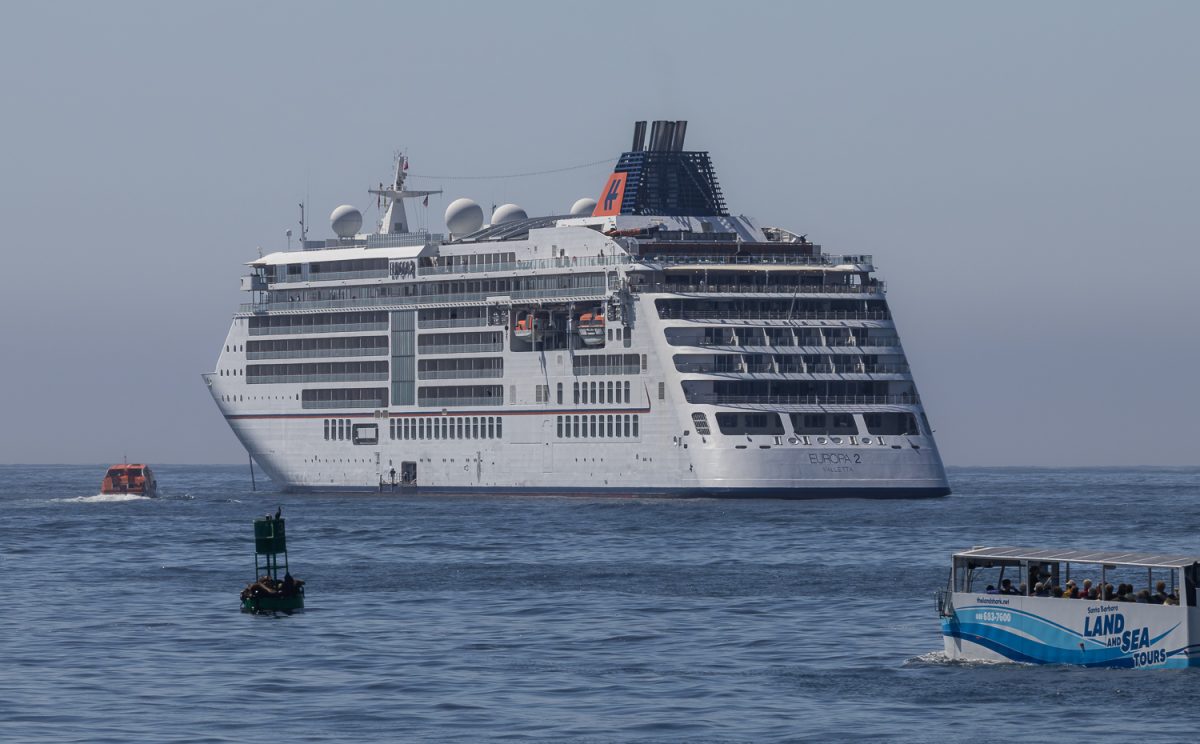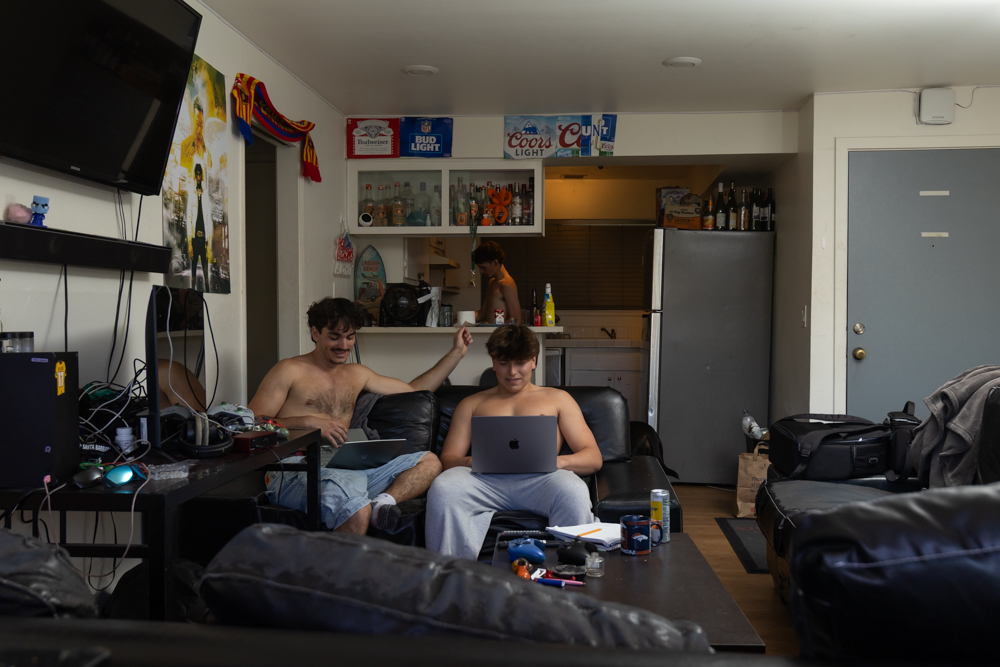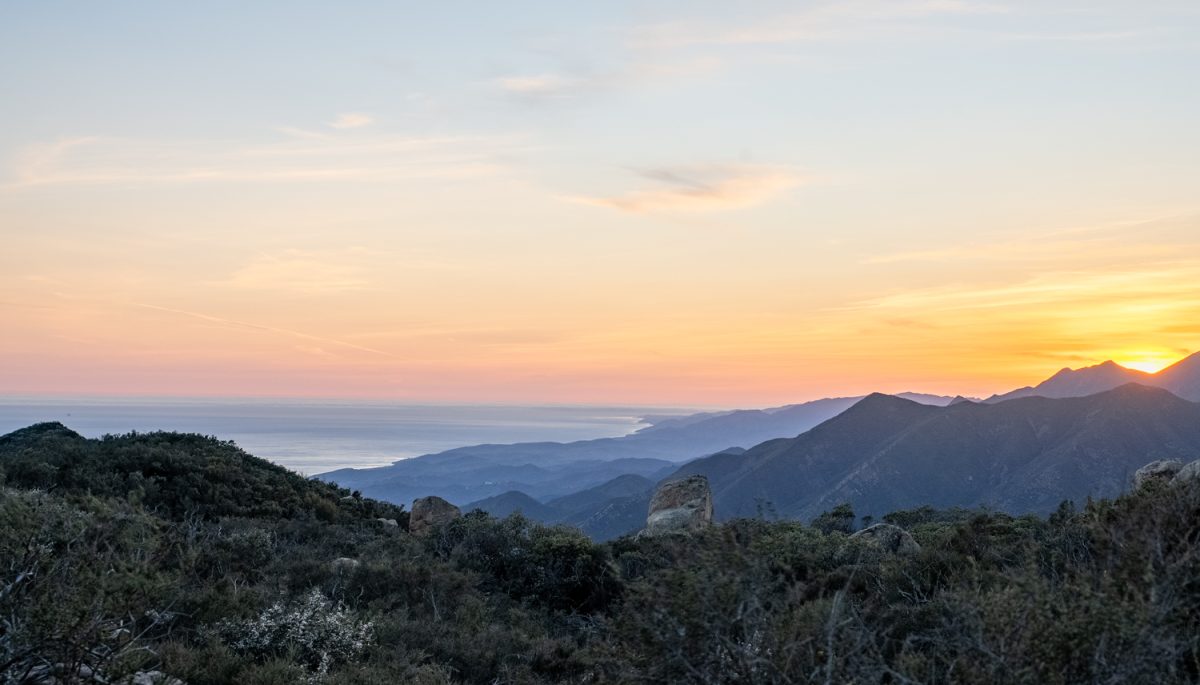One of the most effective ways for individuals to combat climate change is to have fewer children, according to a professor at City College.
Dr. Adam Green, professor of environmental studies, used this as one example of the many ways individuals can significantly decrease their contribution of greenhouse gas emissions — although it tends to be overlooked in popular discourse because of its controversial nature.
“Often times we know what really needs to happen [to address climate change], but we only focus on the things which tend to be easy and least controversial,” said Green. “[Having fewer children] is not a popular thing to talk about in a free society.”
While it may not be easy to suggest that fewer children is effective at significantly decreasing an individual’s greenhouse gas emissions, the data appears to support this assertion: In July of this year, a research paper published in Environmental Research Letters demonstrated that having a child adds 58.6 tonnes of CO2 each year, while having a car adds only 2.4 tonnes each year.
The Channels spoke with Green to discuss the findings of a report published earlier this year by the California Department of Public Health, which makes predictions about how climate change will likely affect Santa Barbara County. Green said climate change can be compared with a game of Russian roulette.
“What climate change is doing is putting more bullets in the chamber and making each bullet larger,” Green said. “Natural disasters are becoming more frequent, and more severe.”
Droughts in particular have affected Santa Barbara considerably in recent years.
“We went through more than five years of drought and nearly devastated our water supply,” said Green. “In Goleta, the cost of water rose so high a lot of the local farms couldn’t afford to irrigate their crops.”
Another one of the predicted effects of climate change on Santa Barbara is a dramatic rise in sea levels. According to the public health report, by the year 2100, sea levels are expected to rise 66 inches. Infographics that illustrate the areas of Santa Barbara that would be submerged by such a sea-level rise are available here.
“In Isla Vista there are homes at risk of falling in the ocean. There are also predictions we could lose a whole chunk of Shoreline Park,” Green said.
Such erosion is already a reality for students living in Isla Vista: Last January, 35 City College and UCSB students were displaced when part of their apartment building collapsed due to bluff erosion.
Among all the examples Green gave of how climate change could be addressed at the level of individuals, he stressed all of these changes must be accompanied by people harnessing the power of political activism.
“Political movements brought both Barack Obama and Donald Trump into office. The differences between their environmental policies are night and day, so you can see how your vote affects the future of the environment,” he said.
Joey Slade, a member of the Associated Student Government’s Sustainability Coalition, said that the group is working with Green to implement the college’s Sustainability Plan, which will endeavor to take into account climate change.
However, a number of environmental groups such as Deep Green Resistance advocate for much more direct, confrontational action to be taken to protect the natural world, such as the sabotage of fossil fuel infrastructure. Green sympathizes with such actions as a last resort, but cautioned that such action must be taken in a responsible manner, and only if all other options to protect the environment have been tried and have failed.
He ended the interview with a piece of advice for those who would like to take action to address climate change and other issues.
“Whatever action you take to address the issues has to highlight your message at every stage of your action,” Green said.
It is common for the intent behind particularly controversial actions, such as the sabotage of fossil fuel infrastructure, to be misconstrued as acts of terrorism. But if the movement to protect the natural world is to succeed, Green suggests, perhaps all options should be on the table.



![Milton Alejandro Lopez Plascencia holds a flag showcasing the United States and Mexico on Feb. 7 in Santa Barbara, Calif. “It’s heartbreaking to see what is happening all across the country,” Lopez Plascencia said. “I [want] my voice to be heard by the community.”](https://www.thechannels.org/wp-content/uploads/2025/05/MGSImmigration-1-1200x800.jpg)


![The new Dean of Social Science, Fine Arts, Humanities and English, Eric Hoffman beams on May 2 in Santa Barbara, Calif. "My major professor in college [inspired] me," Hoffman said. "You can really have a positive impact on people's lives in education."](https://www.thechannels.org/wp-content/uploads/2025/05/MGSHoffman-2-1200x800.jpg)

